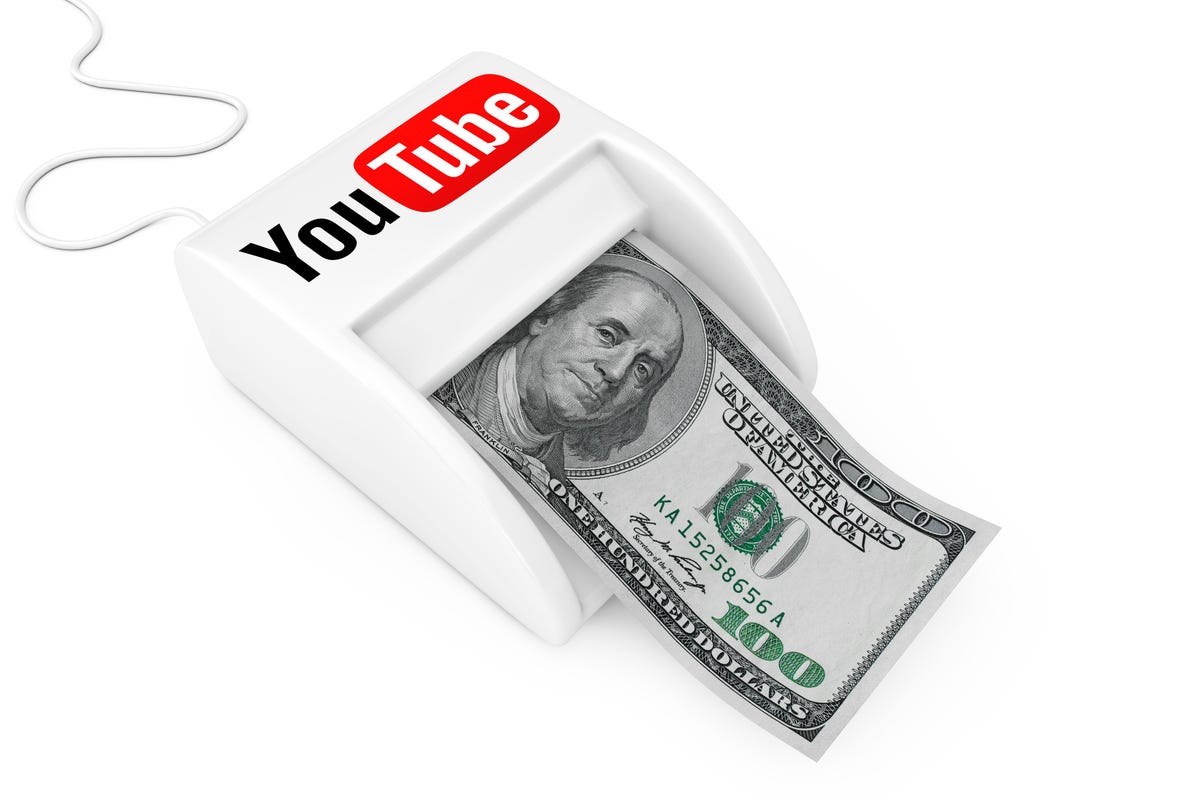Nearly a year after YouTube sprinkled $100 million across the online video ecosystem to create more than a hundred new “channels,” it’s doubling down.
Google’s video giant will provide a second round of funding to 30% to 40% of its original partners and will start notifying those getting more investment in the next few weeks. “Our biggest objective was to kick-start the ecosystem, to bring in great creators, to deepen our relationships with advertisers and to grow viewership,” said Global Head of Content Strategy Jamie Byrne.
In the first round, YouTube took a scattershot approach, funding 100 concepts from a wide variety of producers as well as a lot of mainstream celebrities. A year later, YouTube has a better feel for what worked, namely programming that appeals to a young demographic in genres like humor, music, cars and sports.
What didn’t work? A celebrity name attached wasn’t enough. Nor was simply creating content–however good it might be–and posting it to a channel. While channels failed for a lot of reasons, the ones that are succeeding have one common characteristic: they make building the audience as big a priority as creating content.
“Celebrity alone isn’t enough to drive it,” said Courtney Holt, COO of Maker Studios, which launched Tutele, Mom’s View and the coming Maker Music. “You need to have a commitment to the platform, to understand how to build your audience.”
The top 25 new channels now average more than a million views a week and the top 33 have more than 100,000 subscribers, a key indicator of repeat viewing.
The new investments will be roughly equivalent to the first; most channels received funding in the $1 million to $5 million range in exchange for producing a year of content that YouTube could sell exclusively. That’s in addition to the 60 new channels funded last month.
“We looked at viewership they’ve been able to achieve, the cost of the content, and from that we are able to determine the channels that are delivering the best return on our invesmtnent,” Mr. Byrne said.
A condition of the deals is that the producers pay back YouTube’s investment before they can sell their own ads. But that’s been tough for most producers—for every million invested, they’d have to rack up 50 million views at a healthy $20 CPM. Even successful programmers reached by Ad Age didn’t seem to know if they’d recouped, since YouTube hasn’t been communicating that information.
Related Stories
Those channels that don’t get a second round will have to make the call whether to continue and recoup YouTube’s first investment, or quietly go away.
But beyond the success of individual channels, YouTube’s goal is to change perception among content creators and advertisers. “Everyone I talk to in the entertainment industry and a lot of people in the ad industry see YouTube in a different light than they did a year ago,” said Allen Debevoise, CEO of Machinima.
A passel of big advertisers took a flier on YouTube’s strategy at the outset, including Unilever, P&G, Dodge, Gillette and Toyota, but it’s hard to know how much additional revenue has resulted from the channels.
Geico did its first upfront deal with YouTube for WIGS, a channel targeting women 25 to 48. While Geico had spent on YouTube before, the existence of a serialized, TV-like show made an upfront investment appealing. “WIGS was an opportunity where it was valuable to buy it upfront and to consider it in that manner,” said Mary Shirley, VP at Horizon Media, which represents Geico.
Ad deals that included the channels had a $3 million minimum, according to sources, but only a fraction of that was spent on the channels themselves, and the rest spread across YouTube. Packages could include video ads as well as the YouTube homepage.
“We believe in the strategy,” said John McCarus, senior VP-branded entertainment at Digitas. “We have a handful of clients invested [in YouTube] and with this new round, we expect that to go up.”
The bigger challenge for YouTube is to get people watching longer, which allows YouTube to compete for TV ad budgets. Overall time spent per viewer on YouTube has grown nearly 60% in the past year from just under three hours a month in September 2011 to four hours, according to Nielsen. Mr. Byrne said YouTube is averaging 4 billion hours of viewing time a month compared to 3 billion a year ago.
While YouTube is touching TV ad budgets, it has a long way to go to match that amount of time people spend in front of the tube. TV viewers watch more video in one day (4 hours, 38 minutes) than YouTube viewers do in a month.
Perhaps the biggest change is that of YouTube, and by extension Google, as a funding source for programming.
“A year ago I think the premium content conversation was about iTunes, Hulu, Netflix, MSN and Yahoo,” said Brian Bedol, CEO of Bedrocket, which manages four funded channels: Network A, Official Comedy, Look and KickTV. “I don’t think premium producers were thinking about producing original content for YouTube.”



